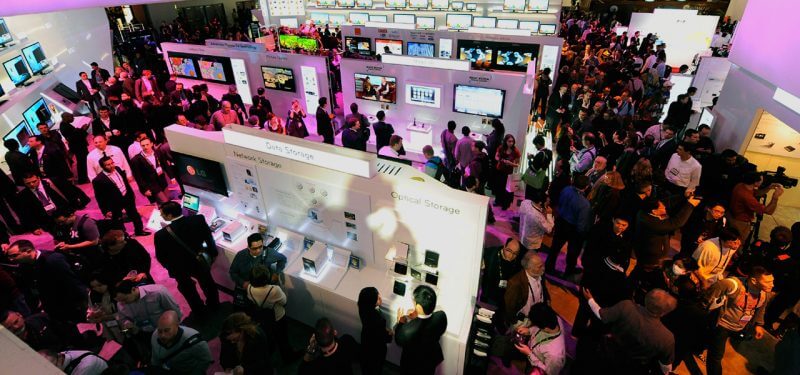Here's what you need to know about last week's Consumer Electronics Show (CES), including what trends are real, what’s hype and what IT leaders need to think about to prepare their organizations for the future—which seems to be coming faster and faster. Over the course of the week, I talked with a "dragon," entrepreneurs, interns, analysts, authors, and hackathon winners. I explored the CES floor, maxed out my Fitbit steps, and even had a whole-body massage while sitting in a BMW 750i.
Here are a few of my top-level takeaways:
1. Everything is being connected
The Internet of things is exploding. Fitness trackers were everywhere. There were wearables for pets and connected lights, refrigerators, washing machines, coffee machines, and even toilets.
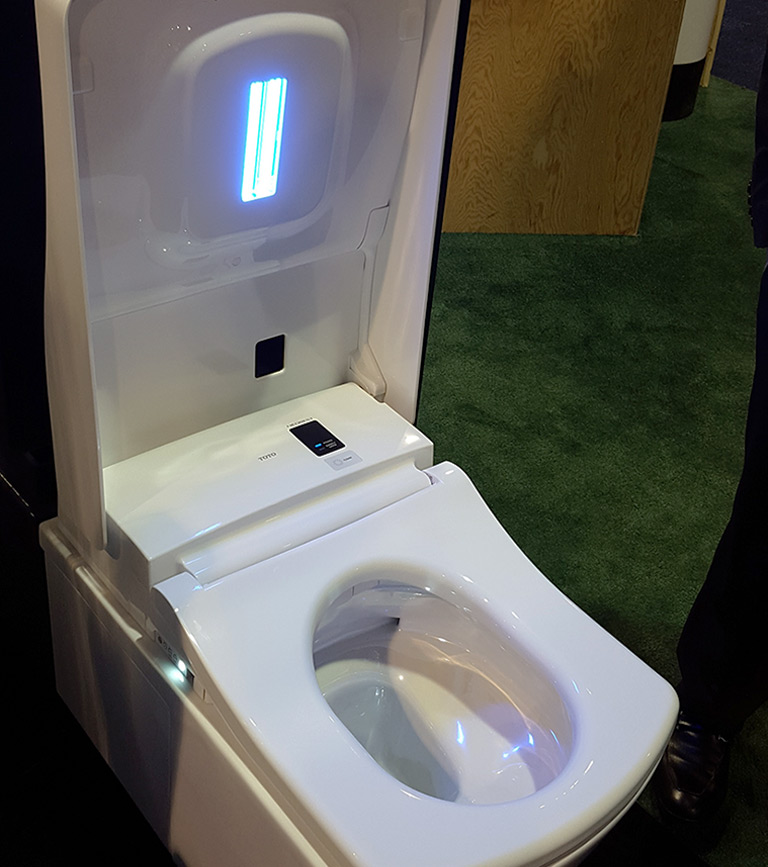
Photo credit: Theo Priestley
I’m not sure what you need a connected toilet for; perhaps memory leaks and memory dumps?
As everything becomes connected and starts to share data, we're presented with both challenges and opportunities. The challenges are obvious: Security, privacy, quality, and integration all become areas where IT and the business must collaborate and partner.
But there’s also a huge opportunity to serve your customers with an exceptional experience.
I also spoke with Brian Solis, author of X, the Experience Where Business Meets Design, who talked about how critical it is for business leaders to know their customers and create "micro moments" that delight customers.
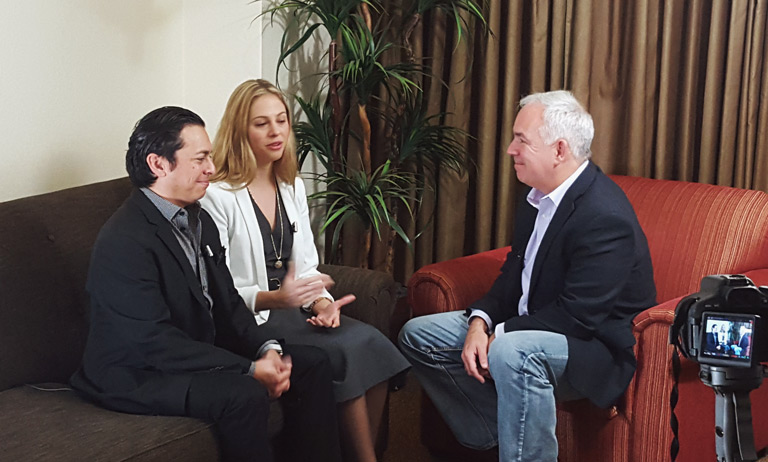
Brian Solis (left) with Sarah Austin and John Jeremiah at CES. Photo credit: Theo Priestley
Then Marsha Collier, a prolific author and industry analyst, shared how powerful social media can be as a tool to engage with and understand your customer’s needs. The key is that you need to be connected with your customers and you need to listen to them wherever they are (Facebook, Twitter, Instagram, etc.)
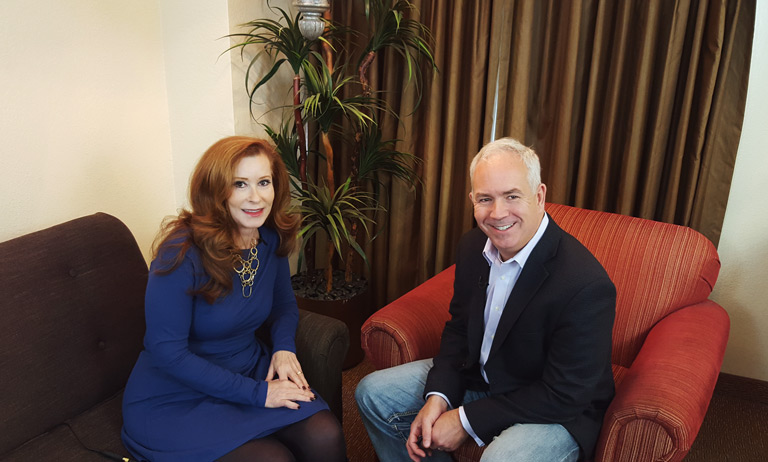
Marsha Collier talks with John Jeremiah about the power of social media for engaging with customers.Photo credit: Theo Priestley
Finally, Sarah Austin, who recently founded BroadListening.com, emphasized how you need to move beyond demographics and truly understand people at a psychographic level. For example, early adopters of trends and technology share many common traits, regardless of age, gender, or geography.
2. Auto technology moves front and center
From autonomous vehicles, which many were talking about, to the technology around connected cars, autos are more than just transportation—much more. At a demo of BMW’s new 750i, I saw firsthand how the automaker integrated a Samsung tablet as the primary user experience for back-seat passengers, who are pampered with heated and cooled full-body massage seats, massive video screens, and climate, lighting, and scent controls. This is a luxury ride that is really a rolling computer system with its own data center. IT, software, and integration are critical parts of the product design, and those manufacturers that get it right—and can accelerate delivery—will have a huge advantage in the market. To do that, the traditional divide between the business and IT must collapse.
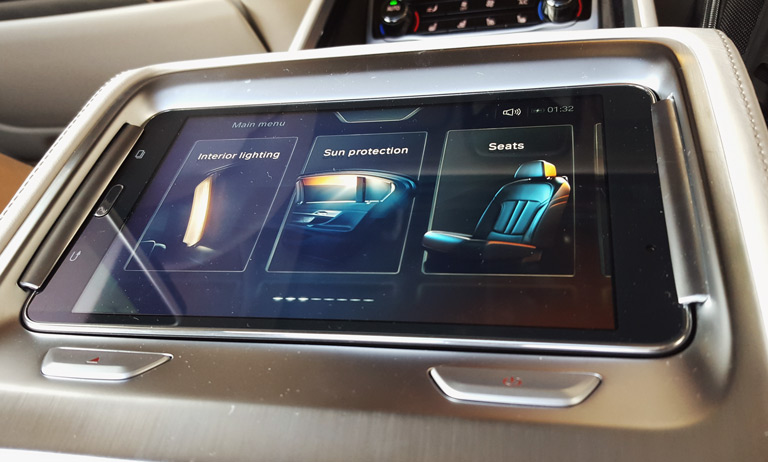
The "data center" in BMW's 750i is actually a Samsung tablet. Photo credit: Theo Priestley
3. Innovation in IoT, virtual reality, augmented reality and cloud is accelerating
The potential power of artificial intelligence and cognitive computing to transform the way we live and work was in full display this year. I saw many examples of cool robotics, and when I spoke with futurist Theo Priestley and natural language expert Brandon Wurtz about the impact of AI and analytics in the enterprise, a clear picture emerged of a future where AI tools transform the way we work, enabling people to manage and deliver projects faster, and at higher quality. It will be a world where the project manager, developers, and testers all work differently, because they have the tools to spot patterns and streamline their work.
I sat down with CodingFTW hackathon team members Sarah Austin and Caitlin McDonald, who won a prize at the AT&T Developer Summit hackathon using the HPE Haven on Demand big data analytics platform. They explained how important it is to have diversity on your teams, and I was thrilled to see more examples of women in tech. It reinforced for me how businesses can accelerate innovation through small teams (as in hackathons), where the team members focus on a goal. For more on my interview with Caitlin and what I learned about hackathons, read my blog post.

Hackathon winners Sarah Austin (left) and Caitlin McDonald with John Jeremiah. Photo credit: Theo Priestley
4. All this change will be disruptive—very disruptive
With all of this change at hand, business leaders will need to lead and get out ahead of the pack by envisioning what the future will look like. I wrapped up my CES exploration with a chat with W. Brett Wilson, who was a “dragon” on CBC’s Dragon’s Den.
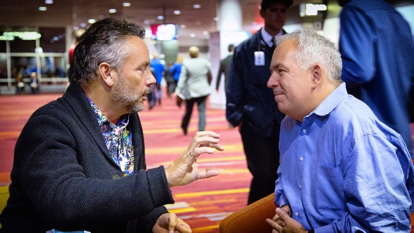
Brett Wilson (left) speaks with John Jeremiah at CES. Photo credit: Roger Jenning
An investor, business leader and author, he’s written quite a bit about leadership, and he says business leaders need to define the future for their teams, and then help their teams evolve and thrive in this new world. He says corporations think of themselves as having an opportunity to be active in the community, rather than viewing it as a responsibility, and I think he’s right. Wilson contributed to his own community in Calgary, and in one creative gesture both helped the public library and gave his fellow citizens the opportunity to use ride-sharing services such as Uber and Lyft. Brilliant.
While CES offers up many cool gadgets and technologies, the real takeaway is this: The impact of the innovation in the consumer space is about to drive major changes in the enterprise. It's time for IT and business leaders to connect, collaborate, and prepare for the future.
Keep learning
Take a deep dive into the state of quality with TechBeacon's Guide. Plus: Download the free World Quality Report 2022-23.
Put performance engineering into practice with these top 10 performance engineering techniques that work.
Find to tools you need with TechBeacon's Buyer's Guide for Selecting Software Test Automation Tools.
Discover best practices for reducing software defects with TechBeacon's Guide.
- Take your testing career to the next level. TechBeacon's Careers Topic Center provides expert advice to prepare you for your next move.

